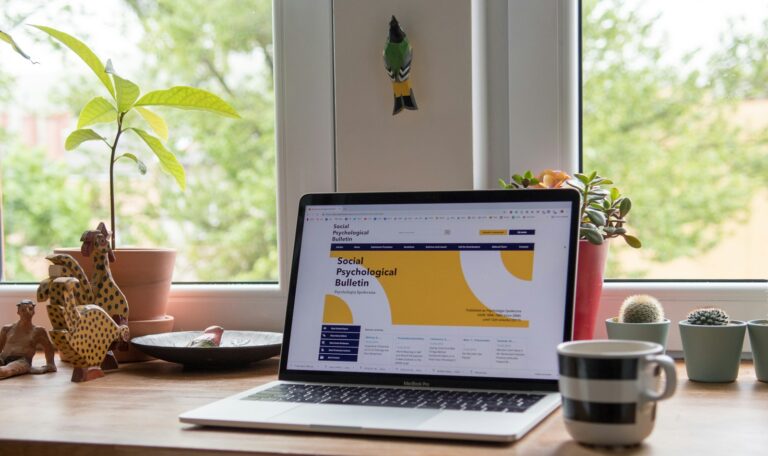In the digital age, having a website is crucial to establishing an online presence. However, the inherent risk of security breaches comes with the convenience of online platforms. WordPress, one of the most popular content management systems (CMS) powering millions of websites worldwide, is often targeted by cyber threats.
Therefore, robust security measures are imperative to safeguard your WordPress site from potential vulnerabilities. In this comprehensive guide, we delve into the best practices for ensuring the security of your WordPress website.
Understanding WordPress Security
Before delving into the best practices, it’s essential to understand the common security threats that WordPress websites face:
- Malware Infections: Malware can infect your website through vulnerable plugins, themes, or outdated software, leading to various issues such as data theft, defacement, or even complete site takeover.
- Brute Force Attacks: Hackers attempt to gain unauthorized access to your website by systematically trying different username and password combinations until they find the correct one.
- SQL Injection: This attack involves injecting malicious SQL code into input fields, exploiting vulnerabilities in the website’s database, and potentially gaining access to sensitive information.
- Cross-Site Scripting (XSS): XSS attacks involve injecting malicious scripts into web pages viewed by other users, compromising their data, or even taking control of their browsers.
- Denial of Service (DoS) Attacks: These attacks aim to overwhelm your website with excessive traffic, causing it to become slow or inaccessible to legitimate users.
Best Practices for WordPress Website Security
To mitigate these risks and protect your WordPress website, follow these best practices:
- Keep WordPress Core, Themes, and Plugins Updated: Update WordPress core, themes, and plugins regularly to patch security vulnerabilities and ensure compatibility with the latest security standards.
- Use Strong and Unique Passwords: Avoid using easily guessable passwords and instead opt for strong, unique combinations of letters, numbers, and symbols. Consider using a password manager to store and generate passwords securely.
- Implement Two-Factor Authentication (2FA): Enabling 2FA adds an extra layer of security by requiring users to provide a second form of authentication, such as a temporary code sent to their mobile device and their password.
- Install a Web Application Firewall (WAF): A WAF filters and monitors incoming HTTP traffic to block malicious requests before they reach your website, protecting against common attacks like SQL injection and XSS.
- Limit Login Attempts: Use plugins to limit the number of login attempts allowed within a specified period, preventing brute force attacks from gaining access to your website.
- Disable File Editing: Disable the ability to edit plugins and themes from within the WordPress dashboard, as unauthorized access to these files can lead to malicious code injection.
- Backup Your Website Regularly: Back up your WordPress website, including files and databases, to an offsite location. In the event of a security breach or data loss, you can quickly restore your website to a previous state.
- Secure Your wp-config.php File: Protect the wp-config.php file containing sensitive information, such as database credentials, by moving it to a higher directory level and setting appropriate file permissions.
- Implement SSL/TLS Encryption: Enable SSL/TLS encryption to secure data transmitted between your website and users’ browsers, preventing eavesdropping and man-in-the-middle attacks.
- Monitor Website Activity: Use security plugins to monitor and log website activity, including file changes, login attempts, and plugin installations. This enables you to detect and respond to suspicious behavior promptly.
- Restrict Access to Admin Pages: Limit access to WordPress admin pages by restricting IP addresses or using HTTP authentication, reducing the risk of unauthorized access to sensitive areas of your website.
- Harden WordPress Security Headers: Configure security headers such as Content Security Policy (CSP), X-Frame Options, and X-XSS Protection to prevent common security vulnerabilities and protect against cross-site scripting attacks.
- Choose Reliable Hosting: To ensure the overall security of your WordPress website, select a reputable hosting provider that offers robust security measures, including firewalls, malware scanning, and server hardening.
- Stay Informed and Educated: Follow reputable sources, attend webinars, and participate in online communities dedicated to WordPress security to stay updated on the latest security threats and best practices.
Conclusion
Securing your WordPress website is an ongoing process that requires diligence, vigilance, and a proactive approach to cybersecurity. By implementing the best practices outlined in this guide and staying informed about emerging threats, you can significantly reduce the risk of security breaches and protect your digital presence from harm. Remember, investing in website security is essential for safeguarding your data and reputation and maintaining the trust and confidence of your website visitors and customers.




